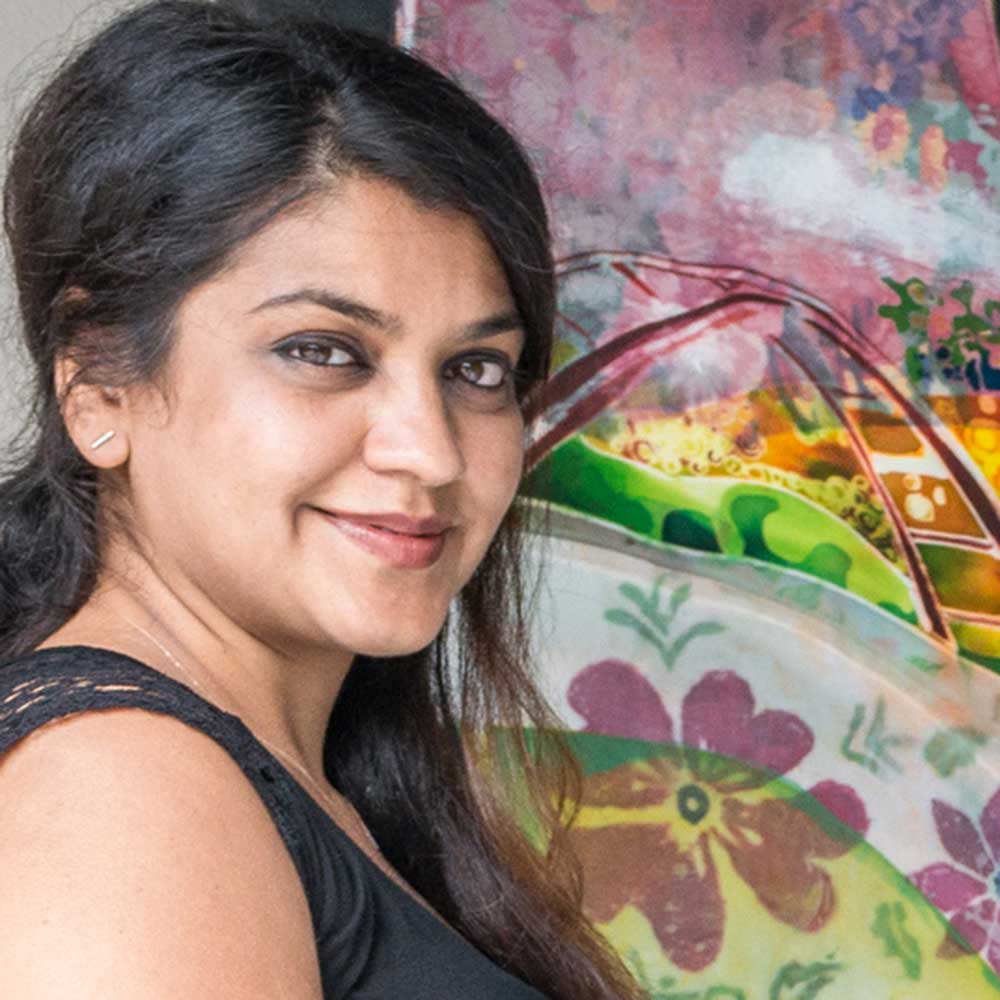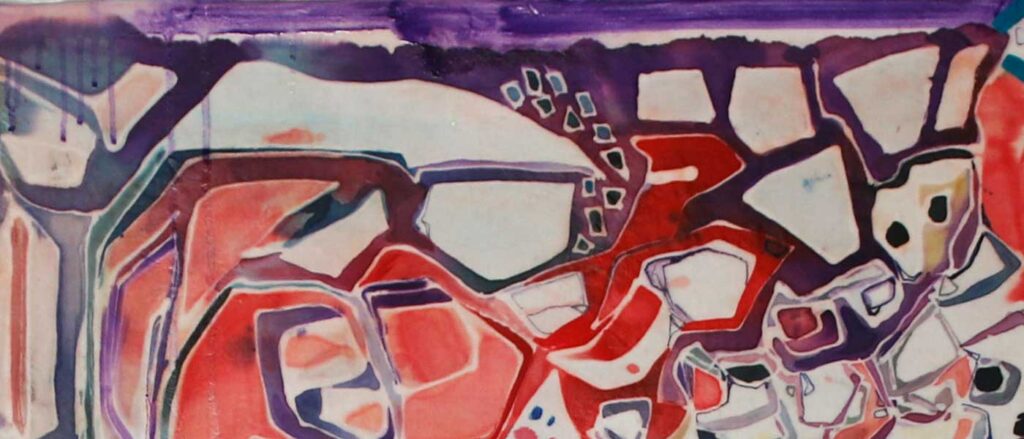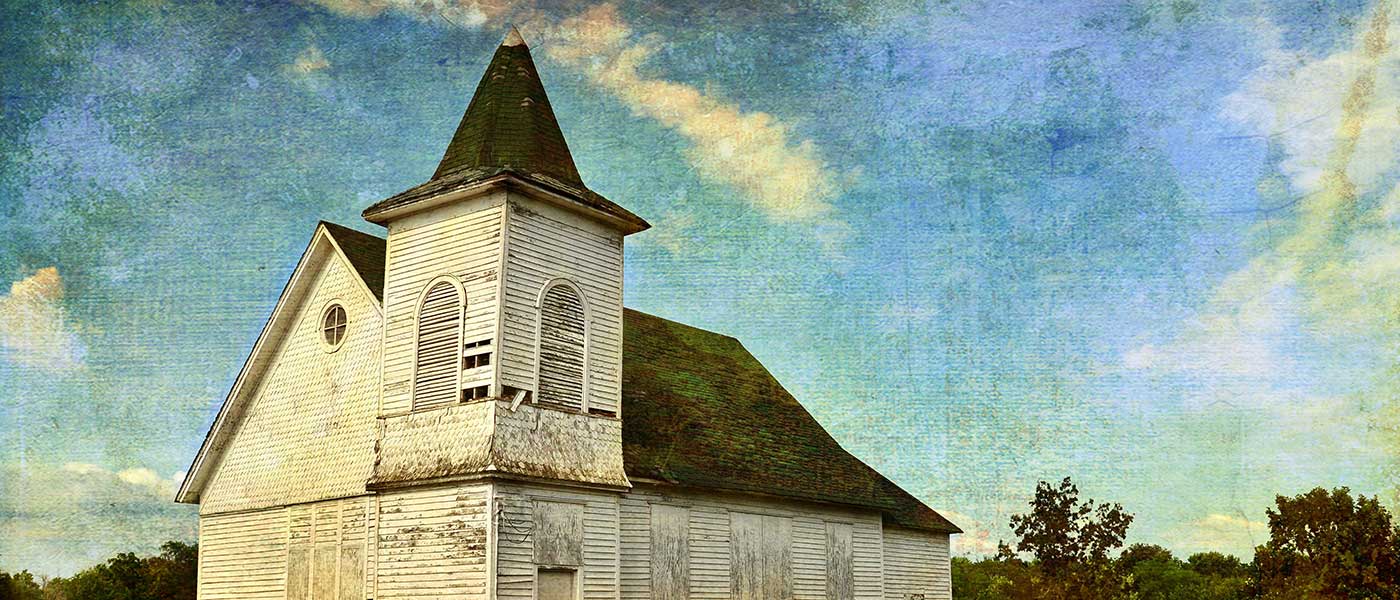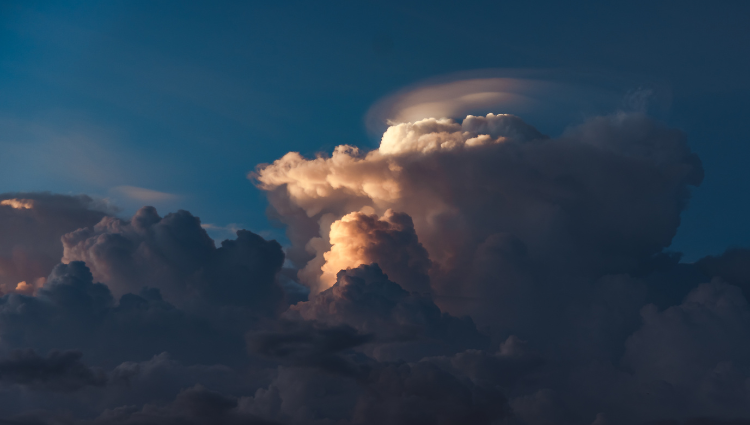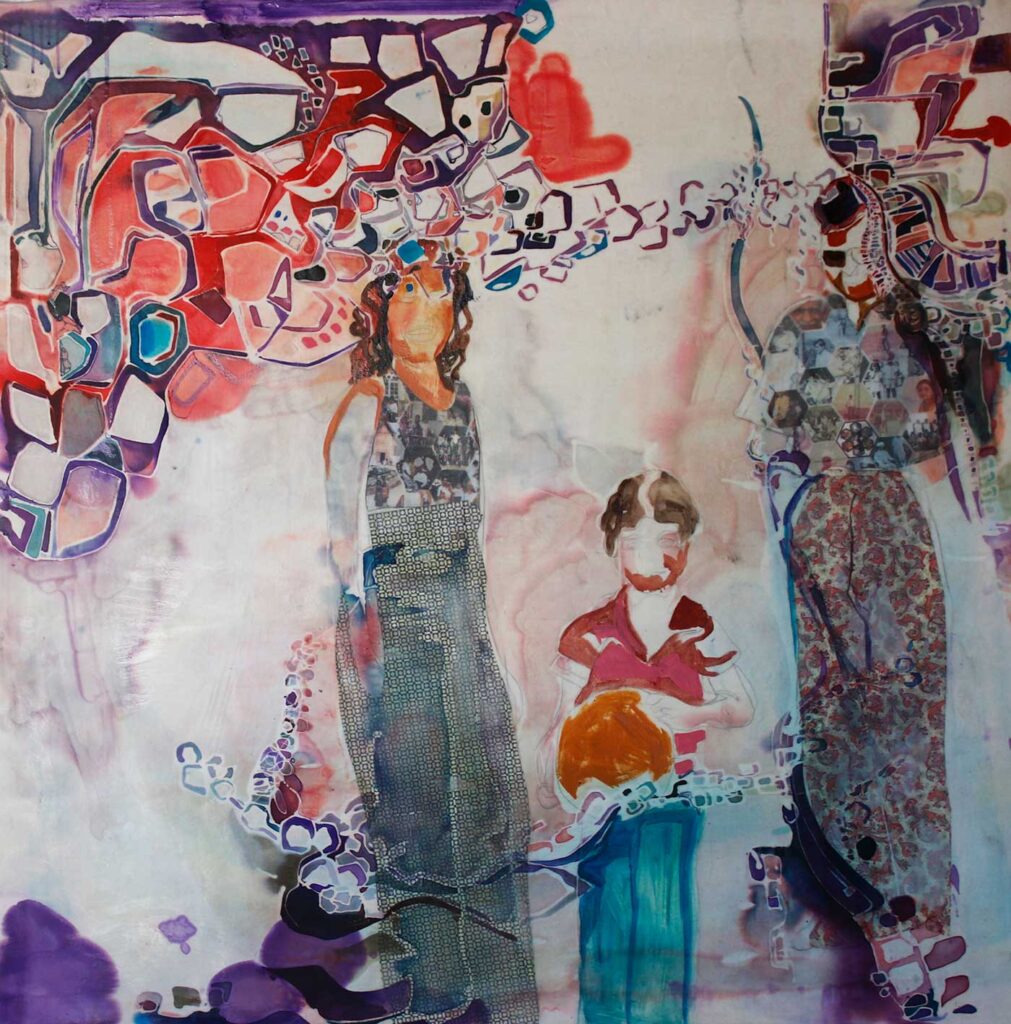
The topic of “real” American identity and assimilation has never been so simultaneously divisive and uniting. It’s no wonder, then, that “American Identity” is a common theme that continues to surface amongst contemporary American artists.
People of Indian origin make up the second largest immigrant group in the USA, right behind Mexicans. In the 1960s, the term “model minority” was coined to describe Asian immigrants who had achieved success in the United States despite being marginalized and part of a minority group. Indian immigrants were counted among those who fell under this label.
As a daughter of this “model minority” generation, I saw the struggles and successes of the immigrants who came before me. I saw the community that formed to support and understand each other, to raise their children in a village of sorts, thousands of miles away from their own home villages. So having witnessed my parents’ assimilation journey and the community they nurtured along the way, I was floored recently when an Uncle trumpeted, “It is great what they are doing — Trump is questioning all the Muslims and getting them under control.” I took a deep breath and treaded lightly when I replied, “But your skin is brown and so is theirs, so how can they tell you apart?”
I’ve heard this “good South Asian versus the bad South Asian” rhetoric before. And it makes me wonder: In our aspiration to assimilate, how much are we willing to tolerate and support?
Referring to the migration across the Mexican border that has been spotlighted in recent months, other Uncles from my community tell me, “This is not right. We came here legally. THEY are coming here illegally.”
This time, it’s the “good brown person versus the bad brown person” rhetoric that startles me. And now, I wonder: In our aspiration to assimilate, how much have we forgotten of our own journey?
Because yes, while a large group of Indian Americans immigrated legally to the USA after the Immigration and Nationality Act of 1965, there is also a portion of the population who did not. Do we willfully ignore or willfully dismiss the recent statistics of the undocumented Indian population? According to PSMag, between 2007 and 2017, the number of undocumented Indian immigrants in this country alone grew by over 60 percent, from 325,000 people to 525,000 — about 5 percent of the total undocumented immigrant population. But because Indian Americans have gained social capital over the years by accumulating wealth, power, influence, and success, the current statistics of undocumented Indian immigration can easily be hidden in the shadows.
From the outside, Indian Americans seem to have assimilated extremely well into the American fabric in only a single generation, but from someone standing on the inside, this assimilation has come at a cost. It necessitates that Indian Americans follow the good ole model minority script: humble immigrants who keep their heads down and don’t make much of a fuss. Turning a blind eye to the reality of undocumented Indian immigrant statistics and keeping this on the down low is also important in maintaining our status as the “good people of color”; the entire shtick is to be on the good side of brown, the good side of South Asian. To me, this feels silently complicit more than ever now that the conversation about race is front-and-center with the current administration’s hateful rhetoric.
And yet, as undocumented Indian Americans continue to fly under the radar, Asian Americans in general are experiencing a surge in visibility. South Asians living in the diaspora are finally getting their chance to tell their stories on their terms. But what does America really know about the Indian-American experience, and how much have we let them know?
There is no template for discussing the nuances of our own brown experiences. So in order to guide the conversation toward a different collective narrative than what we’ve been told, we need to stop hiding behind the false veneer of privilege and acknowledge that racism hurts all of us.
Because sometimes, I wonder: If we lived in a world where there were no such thing as the wrong kind of brown, would we then finally be fully liberated to tell our stories?
